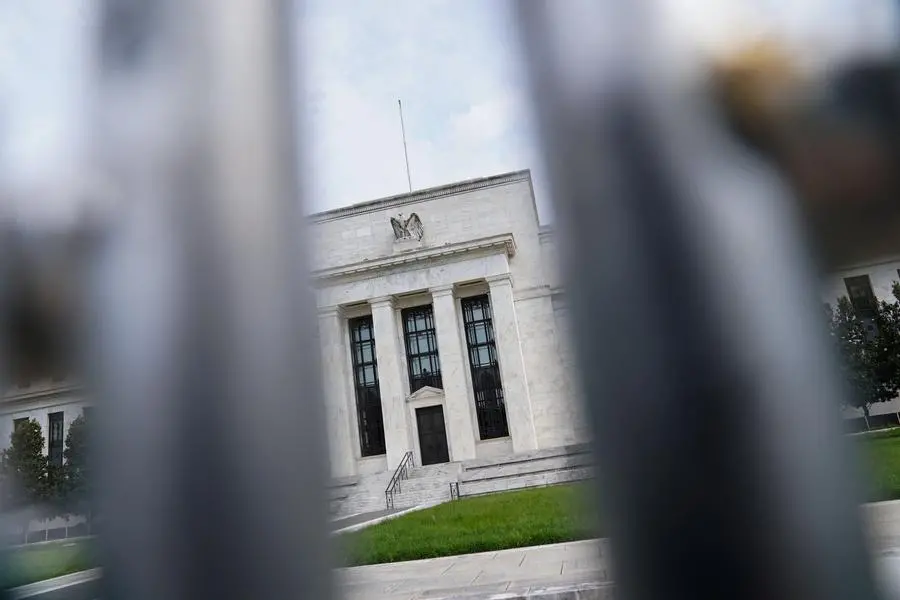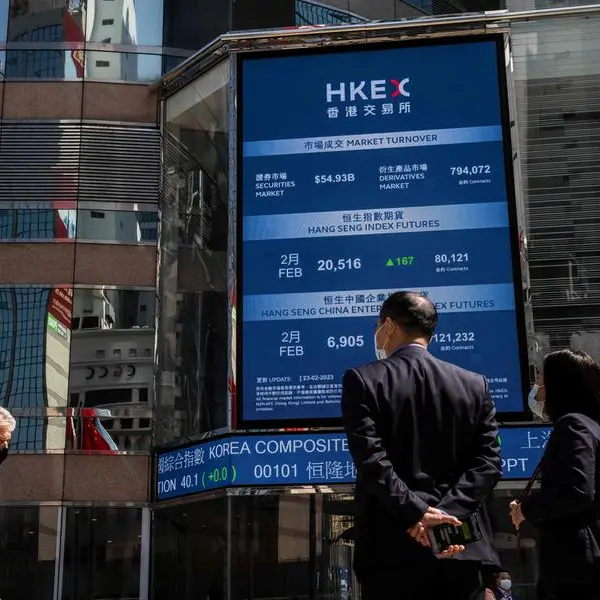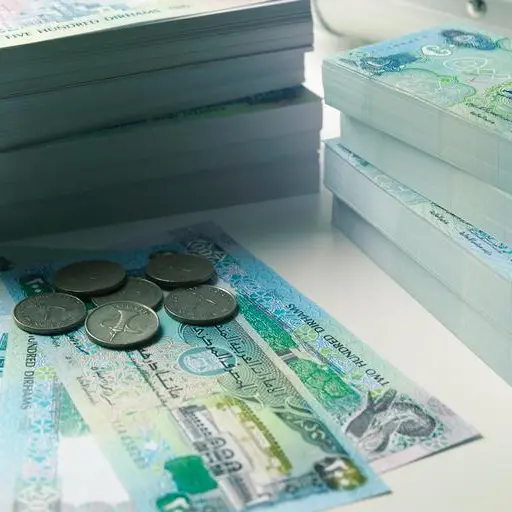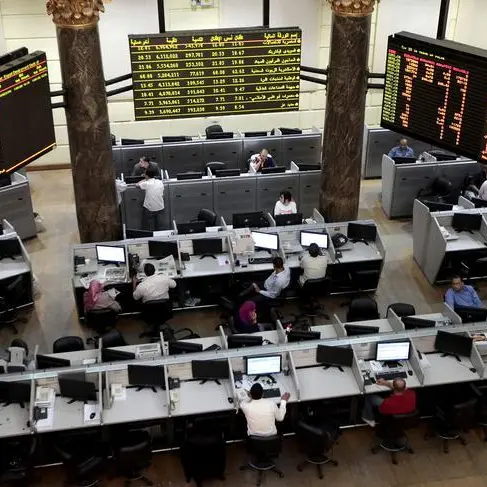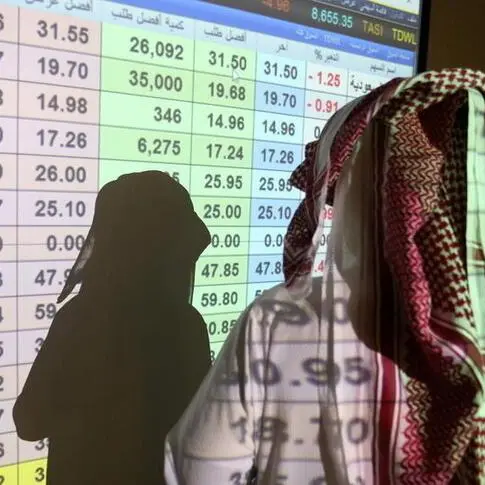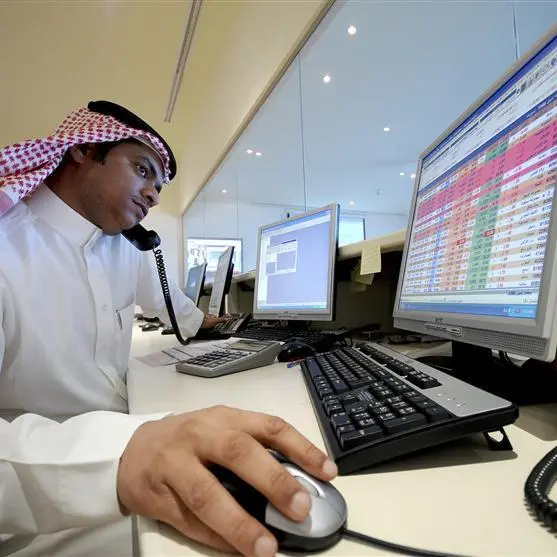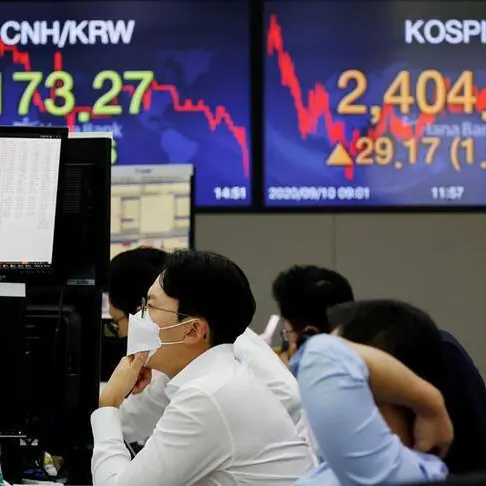PHOTO
ORLANDO, Fla. - Investors are running scared and bond markets are crashing, as hopes for a pivot from the Federal Reserve evaporate and the amount of easing next year priced into the U.S. interest rates futures curve shrinks to less than 25 basis points.
The Fed is undertaking its most aggressive policy tightening campaign in 40 years and after months of pushing back, investors have thrown in the towel: everything they do now - mostly selling - is anchored in the mantra 'don't fight the Fed'.
But if the Fed was worried about financial conditions not tightening enough to help it get across sticky inflation - then it may reasonably feel the recent bond market rout gets it there in spades. Global market chaos will only underline that point.
What's more, even though the U.S. central bank right now is essentially pursuing a single mandate policy of bringing inflation down regardless of the consequences, its longer-term, structural view of the economy and inflation has not changed.
Updated projections from the Fed's Sept. 20-21 policy meeting show that rate-setters' outlook for the economy's equilibrium rate of interest rate over time remained 2.5%.
Bearing in mind that the Fed's inflation target is 2.0%, this suggests that the real rate of interest - r-star (r*), the nebulous, inflation-adjusted interest rate that neither fuels nor curbs growth - is also unchanged at 0.5%.
Intuitively, this is surprising. Given how high inflation is, how persistent underlying price pressures appear to be, and how much higher the Fed has signaled borrowing costs will go, the Fed might have been expected to raise its forecast of where it sees rates in the longer run.
The fact it didn't suggests the Fed still sees sky-high inflation as ultimately 'transitory', albeit as a result of its punishing interest rate rises and more prolonged than it had previously anticipated.
In other words, a pivot is indeed coming, even if not as soon as markets had anticipated this summer.
Joe Lavorgna, managing director at SMBC Nikko Securities and a former White House economic advisor, is one of the few analysts who thinks the Fed will be forced to U-turn next year due to the economic damage the historic tightening will wreak.
"The Fed always overdoes it, so when it turns, as always happens, nobody sees it, it happens really abruptly, and everyone is caught offside," Lavorgna says. "They'll go sooner. I can see the Fed reversing course six or seven months from now."
That's not how markets are currently priced. Two weeks ago, rates markets were pricing in 50 bps of easing between March 2023, when the 'terminal' rate is expected to be reached, and December. That has been slashed to around 15 bps.
Markets are anticipating around 60 bps of easing between March 2023 and December 2024, the least since June and almost half of what was priced in only a few weeks ago.
NEBULOUS RATE
The Fed's policy target rate is now 3.00%-3.25%, the highest since 2008, and the Fed's latest projections show it rising to the 4.25%-4.50% range by the end of this year and ending 2023 at 4.50%-4.75%.
Its projections also included a higher median forecast for 2024 of 3.875% and an initial 2025 outlook of 2.875%. But the 'longer run' median forecast remained 2.50%, unchanged from June. Indeed, the median longer-run outlook has been 2.50% in every set of quarterly forecasts since June 2019 except one, a 2.375% call in March this year.
There is no consensus among economists over the so-called 'neutral' rate. Lavorgna suggests it may not even be as high as 2.5% because structural rigidities such as a relatively high tax burden, heavy debt load and low productivity suggest potential economic growth is low.
But others argue that there are structural shifts underway that will keep inflationary pressures higher than before, meaning the neutral rate should also be higher. They include slowing global trade, onshoring, higher energy costs, and the costs involved in fighting climate change.
Steven Englander, head of FX strategy at Standard Chartered, suggests the neutral rate is perhaps 3.00%, maybe even higher.
The neutral rate is impossible to determine and is constantly changing, but it is a cornerstone on which portfolio managers make long-term investment decisions. So it matters.
A Piper Sandler survey published the day of the Fed's policy decision showed that its clients on net expect about 100 bps of easing over 2024, and coalesce around a lower 'r*' rate of 25 bps versus the 50 bps implied by the Fed's median forecasts.
Ellie Henderson, economist at Investec in London, believes the Fed is underestimating the impact its rate hikes will have on the economy and inflation.
"We think this will give the Fed the room to pause policy tightening at the end of this year and cut rates to support the economy by the end of next," she reckons.
(The opinions expressed here are those of the author, a columnist for Reuters)
(By Jamie McGeever; Editing by Andrea Ricci)
